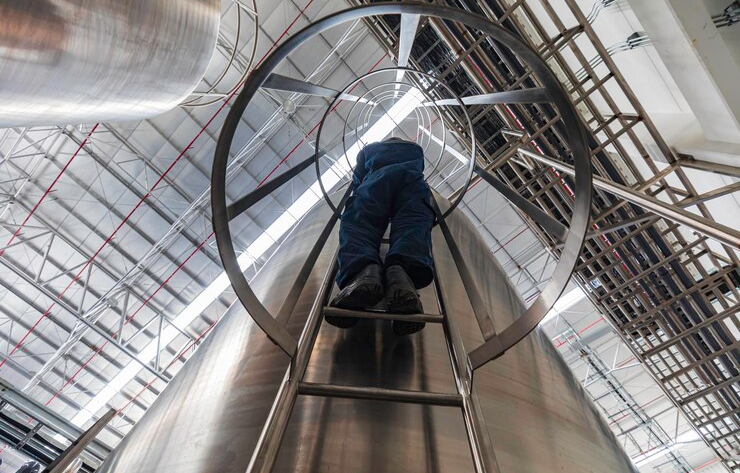The idea that an elevator has the potential to add value to a building, whether it is a home or a business establishment, cannot be overemphasized. However, the installation process covers many technical and logistical aspects that need to be considered. It is very vital that a lot of attention be paid to the process of planning and getting all the details right in order to have a proper installation of the elevator.
This article is a must-read for individuals willing to install an elevator since it offers crucial insights on how to approach the project when it is being planned, constructed, and inspected for safety.
Detailed Planning and Site Assessment
Elevator projects must first undergo planning as well as an evaluation of the construction site where the elevator is to be installed. This includes the ability of the building structure to carry the elevator, the space available, and any special needs the elevator will fulfill in the building.
For example, choosing the right position and the kind of elevator is a critical factor in the efficiency of its installation.
Selecting the Right Elevator Type
Choosing the right type of elevator for your building is crucial for both functionality and aesthetics. One popular option is the pneumatic vacuum elevator, which is known for its sleek design and energy efficiency. Opting for a professional pneumatic vacuum elevator installation ensures that the elevator is installed correctly and operates smoothly.
These elevators are ideal for residential properties due to their minimal space requirements and ease of installation. Working with experienced professionals guarantees that the installation process adheres to industry standards and safety regulations.
Coordinating with Contractors and Suppliers
Effective coordination with contractors and suppliers is vital to ensure that the installation process proceeds without any hitches. This involves scheduling and managing various tasks such as the delivery of materials, construction work, and the actual elevator installation.
When working on a project that includes other construction elements, such as installing new floors or renovating existing structures, it’s important to coordinate these tasks seamlessly. If the project involves the use of deck building materials for adjacent structures or flooring, ensure that all materials are delivered on time and that the work is synchronized to avoid delays.
Ensuring Safety and Compliance
During the installation of elevators, the safety of those involved in the process is of high priority. This ranges from the safety of the people who install the elevators to the safety of the users of the elevators in the future.
This refers to sweeping safety checks and tests across the various stages of installation. Also, it is important that the installation personnel are qualified and provided with appropriate equipment and protective equipment.
Testing and Final Inspection
Finally, after the installation process is done, extensive testing and the final inspection help determine various things that may not be working well. This entails determining the functionality of the elevator control panels, the emergency operation, and any other functionality of the elevator.
It is critical that any problems or defects detected during this phase are corrected before normal operation of the elevator systems begins. A final inspection by a qualified elevator technician means the inspection covers all safety and performance aspects of the elevator.





